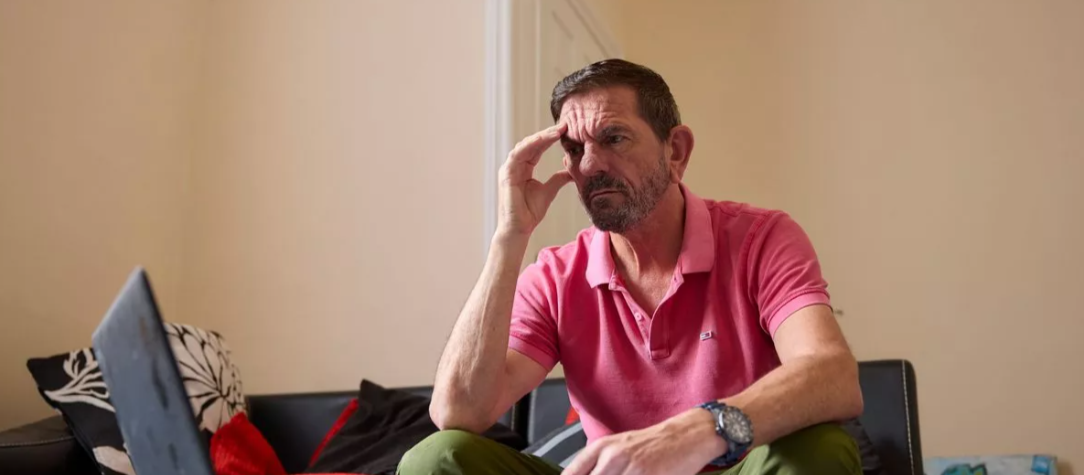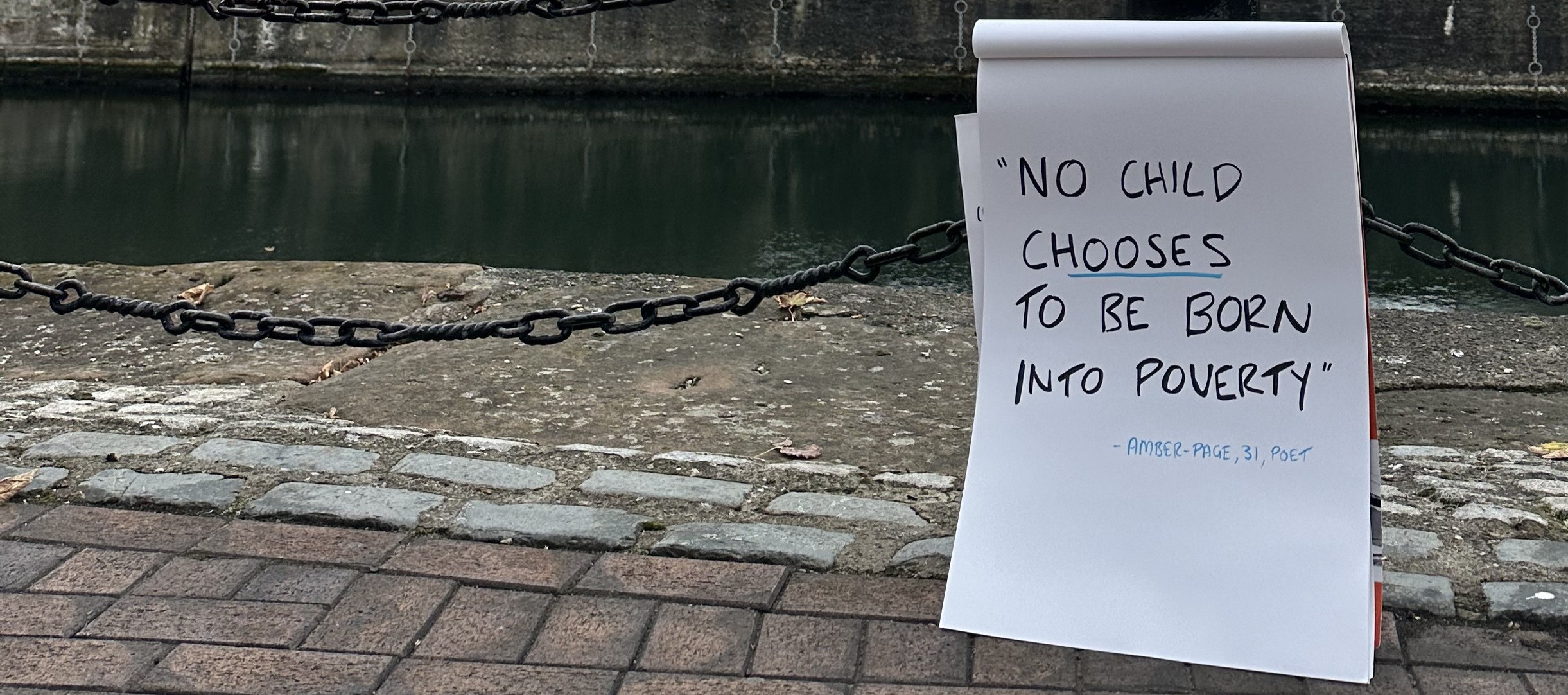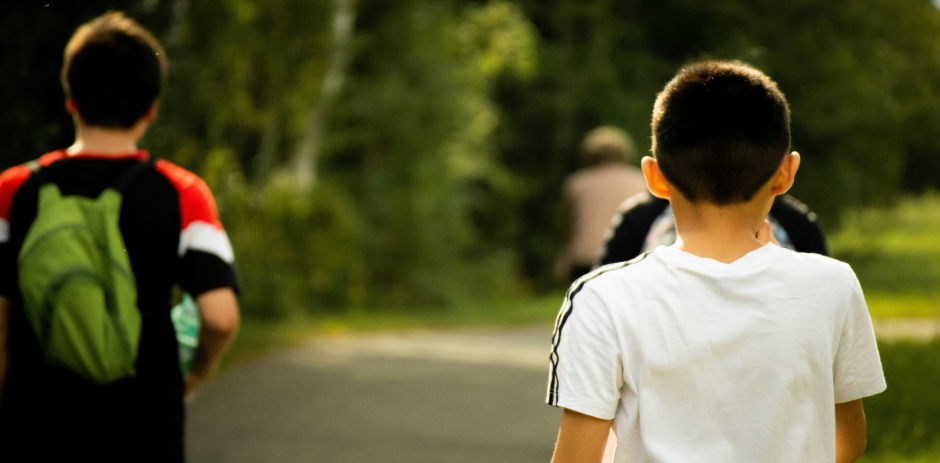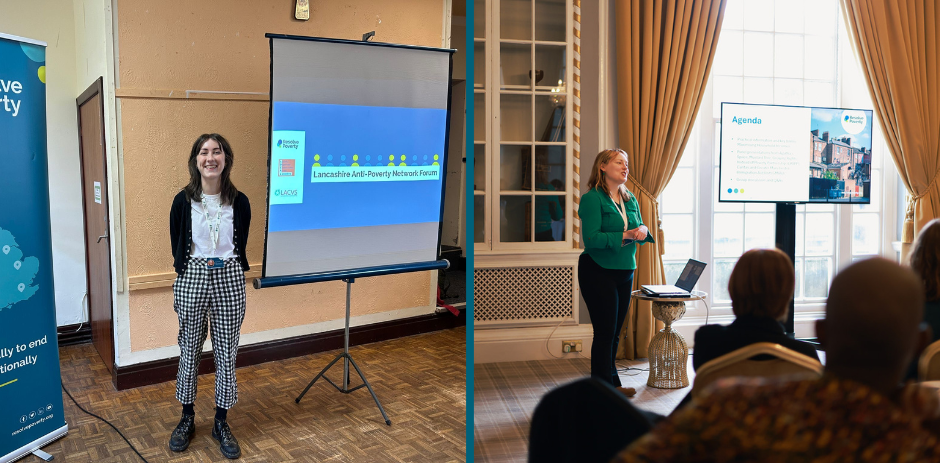By Patrick McNulty, Policy and Research Assistant at Barnardo’s
Too many children in the UK are growing up in poverty, without the basics they need to thrive. At Barnardo’s we support families, children and young people experiencing poverty across UK and have done so for over 150 years. For some children, poverty can mean sleeping on mouldy mattresses, or no bed at all, going to school hungry, or living in cold homes that damage their health.
The problem is only set to get worse as on current trajectories: more than one in three children in the UK will be living in poverty in 2029/30. We believe this is unacceptable – every child deserves to grow up safe, happy, healthy and hopeful, and the public agrees. Our recent polling with Public First found that 89% of the public agree that no child should be living in poverty in the UK. 3 in 4 adults (74%) think that the UK government has a role to play in addressing child poverty, followed by local government (64%) and parents (55%). This was true across all voter groups.
In our recent briefing on child poverty we also heard directly from young people. In partnership with VotesforSchools, we gathered views from 51,000 children and young people between 28 April and 2 May 2025. A clear majority – 64% – of the 39,000 secondary and college students want the UK Government to make ending child poverty a top priority. 90% of the primary school students who took part want UK leaders to make sure all children’s needs are met.
With the UK Government due to publish a Child Poverty Strategy in autumn 2025, we support a range of policy options — but believe the six key elements outlined below offer the most practical, cost-effective and impactful path to reducing child poverty and mitigating its effects for those still affected:
- Measurement & Accountability: A target to reduce child poverty to no more than 28% in this Parliament, alongside milestones to halve child poverty in 10 years and eradicate it in 20 years. The Strategy also needs a clear accountability framework with regular updates to Parliament.
- Safety Net: Ending the two-child limit and benefit cap or equivalent measures, to create a safety net for all children.
- Tackling Structural Inequalities: Sub-targets and measures to support children disproportionately likely to be living in poverty, including Black and Asian children and migrant children and families with no recourse to public funds.
- Hunger & Poor Nutrition: Implementing auto-enrolment of Free School Meals to ensure that no child entitled to free school meals misses out.
- Support in Every Community: Investing in early intervention and establishing a family centre in every community.
- Leadership & Focus: A cross-ministerial group chaired by the Prime Minister to deliver the Strategy.
——————————————————————-
This article is featured in our 27 August newsletter.
Want to hear about the latest poverty research, stories and events?
Stay on top of what you need to know. Sign up to our newsletter and join our powerful network of 3.9k+ professionals, volunteers and individuals actively engaged in tackling poverty across the UK.







